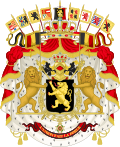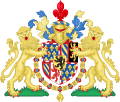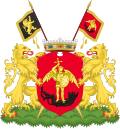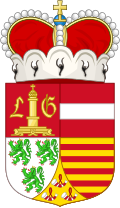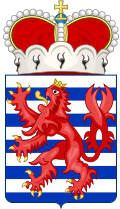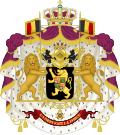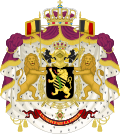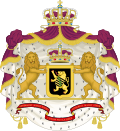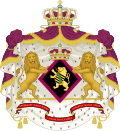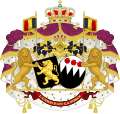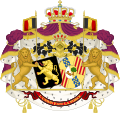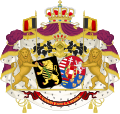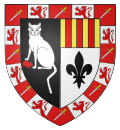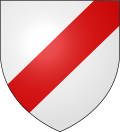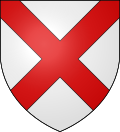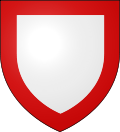Belgian heraldry is the form of coats of arms and other heraldic bearings and insignia used in the Kingdom of Belgium and the Belgian colonial empire but also in the historical territories that make up modern-day Belgium.
Contents
- Coats of Arms of Belgium
- Historical Coats of Arms of Belgium
- Belgian coat of arms information
- Elements of the Belgian heraldry
- Leo Belgicus (Belgian lion)
- Helmets
- Belgian Royal crowns (Coronets rankings)
- Coats of Arms of regions, communities and language areas, Provinces and Municipalities
- Regions
- Communities and Language areas
- Provinces
- Municipal heraldry
- Other Belgian heraldry
- Colonial heraldry
- Other
- Belgian Royal heraldry
- Coats of arms of the (former) Belgian King
- Coat of arms of the Belgian royal family
- Coat of arms of the Royal couple
- Individuals and families
- Nobility
- Terminology
- See also
- Notes and references
- Bibliography
- Heraldic laws and customs in Belgium
- Armorials
- External links
| Belgian Heraldry | |
|---|---|
 | |
| Versions | |
 Coat of Arms of Belgium | |
 Arms of Brabant | |
| Motto | L'Union Fait La Force |
| Other elements | Black Yellow Red |

Today, coats of arms in Belgium are regulated and granted by different bodies depending on the nature, status, and location of the armiger.
